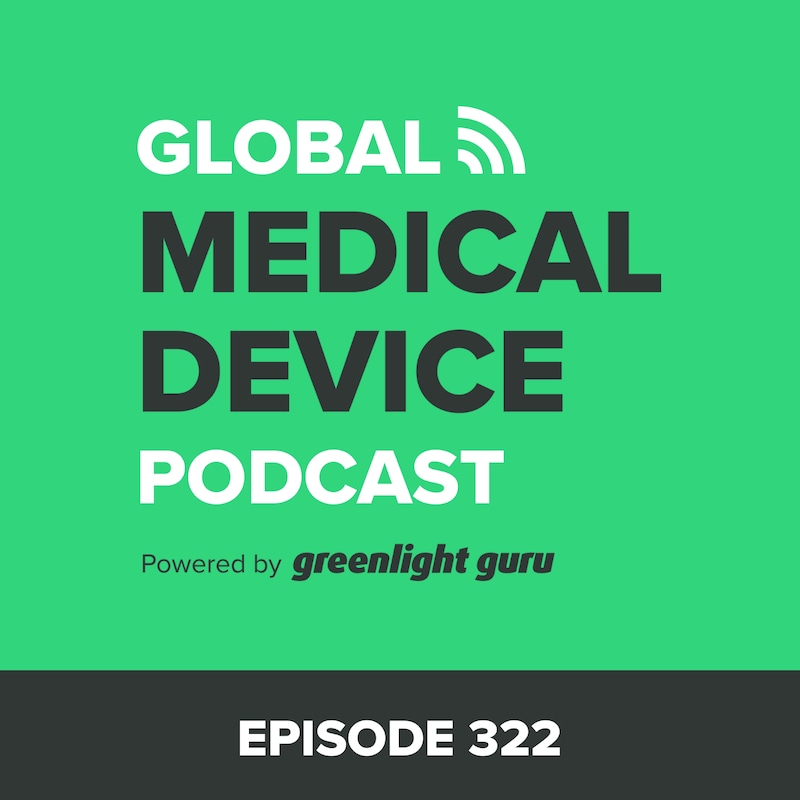Shownotes
What is lean documentation and how can you achieve it? Our guest on today’s live podcast is an expert on quality management systems, audits, and most importantly for today’s conversation, documentation. Steve Gompertz is a partner at QRX Partners and has led initiatives in project management, engineering automation, configuration management, audit, and software development.
During today’s episode, we’ll talk about the most important parts of a QMS, what differentiates a good QMS from a bad one, and how to prove ROI on a QMS. Steve will also discuss what he would do if he were starting a medical device company today. Listen to the episode to learn more about lean documentation and how you can learn to write for your actual audience – the workers – while still pleasing the auditors.
Some of the highlights of this episode include:
- What it means to have lean documentation, and what the norm is in the MedTech community
- How to write for employees while meeting auditor requirements
- Building a template for a standard operating procedure
- Collaboration between the production of a document and ownership of that document
- Making repairs on documentation vs. starting over
- Proving the ROI on a good or bad QMS
- Taking care not to be overly prescriptive
- The importance of root cause analysis over treating symptoms
- Mapping instead of including every SOP and repeating yourself
- What management responsibility looks like
- Making documentation work better in terms of root causes
Memorable quotes from Steve Gompertz:
“I’m fond of telling people, ‘The auditors don’t work here. That’s not who these documents are for.’”
“Done correctly, efficiency and effectiveness are not enemies.”
“Everybody has a customer internally; everyone produces a product.”
“On the quality systems pyramid, the smallest piece is the quality manual. So why is it the biggest document.”
Links:
Steve Gompertz LinkedIn
QRX Partners
Etienne Nichols LinkedIn
Greenlight Guru




